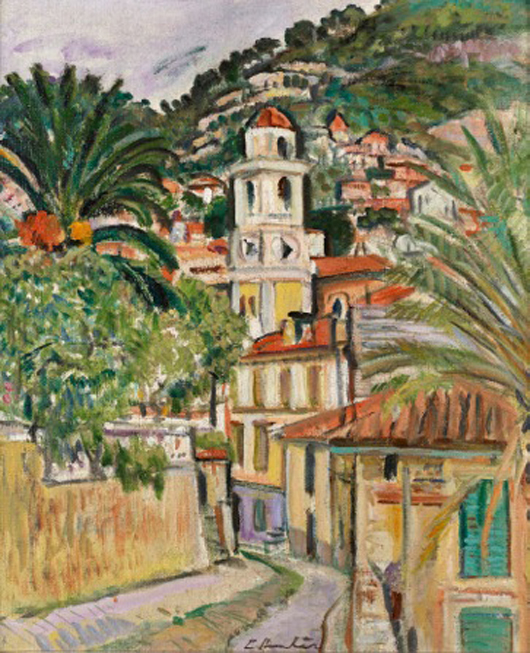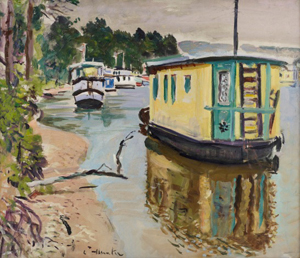
It is often said that the art market is becoming increasingly “event-driven,” which is another way of describing the steady proliferation of art and antiques fairs. Few sectors of the global art economy have grown to quite the same extent that fairs have over the past decade. This is surely a positive development since fairs would not have blossomed had the market not recovered so emphatically from the 2008 downturn. Fairs must, therefore, be an indicator of a generally buoyant market. But the growth and multiplication of art fairs does raise important questions. Are we in danger of having too many of these events?
Locations are obviously important – London remains a cultural magnet for the world’s wealthy, while Miami has winter sun – but once you’re inside the marquee, aren’t these fairs all starting to look the same, all populated by the same dealers offering the same kind of stock?
This month London sees the appearance of a new blockbuster fair – Frieze Masters, which, like its sister event, Frieze, will be located in Regent’s Park from Oct. 11-14. The trade seems to have taken to it with alacrity, seeing it as yet another opportunity to reach those High Net Worth collectors of contemporary art who flock to London in their multitudes to attend the main Frieze event. The assumption is that buyers of contemporary art are also often buyers of more classic historical objects. We shall soon see whether that assumption is correct.
While Regent’s Park becomes the focus of art world attention every October, another historic center of London’s art trade is under threat. The capital’s modern and contemporary art dealers are currently working around the clock, mobilizing petitions to save Cork Street in the West End. Earlier this year the landlord of seven galleries on the street sold the building in which they are located to property developers Native Land. The development company plans to knock the building down and replace it with a residential development. Many of the galleries will lose their leases if the planned development goes ahead, including The Mayor Gallery (in Cork Street since the 1920s), Beaux Arts, Alpha Gallery, Adam Gallery, Stoppenbach & Delestre, Waterhouse & Dodd and Gallery 27. It will interesting to see whether the art trade’s uncharacteristic use of the social network to drum up support will pay off (Twitter hash-tag: #saveCorkStreet).
With real estate rents rising, one can see why fairs are attracting so much attention. One American buyer told the organizers of last year’s Decorative Antiques & Textiles Fair in London’s Battersea Park that it is still economically viable to buy at the London fair and ship the goods across the Atlantic rather than to buy stateside. This presumably applies even to furniture such as the 19th-century Irish ash “bacon settle” that will be offered at this year’s fair by West Sussex dealers Wakelin & Linfield at £9,800 ($15,800). 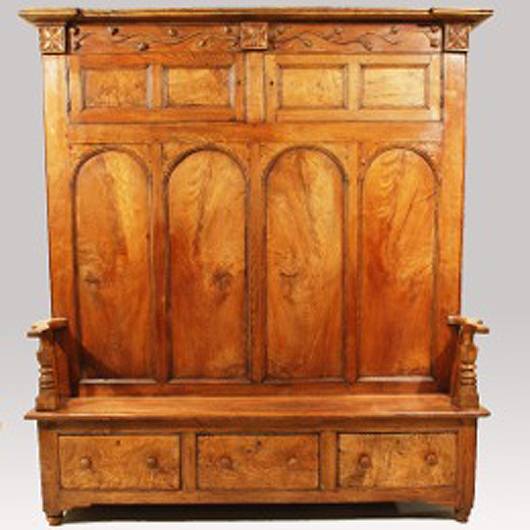
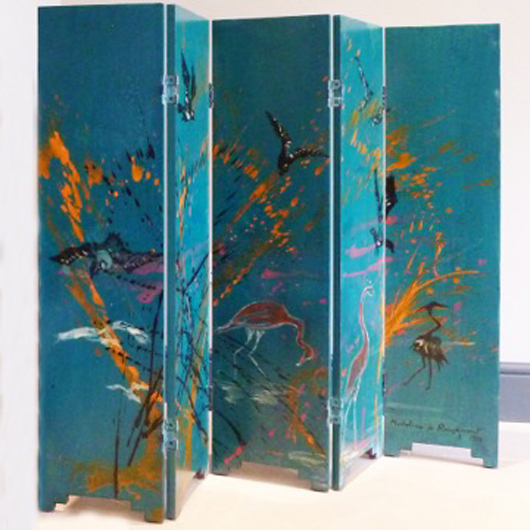
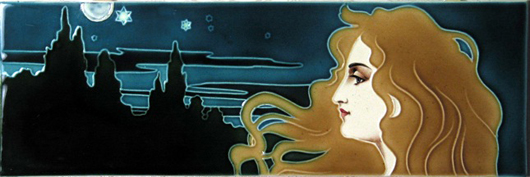
If the planners and property developers have their way, we may end up looking back on the West End’s heyday as a center of the art trade with the same antiquarian curiosity that we bring to John Sell Cotman’s watercolors of Normandy, a selection of which are about to go on display at Dulwich Picture Gallery. The acclaimed British watercolorist made numerous visits to Normandy in the 1820s to study and paint the region’s medieval architecture.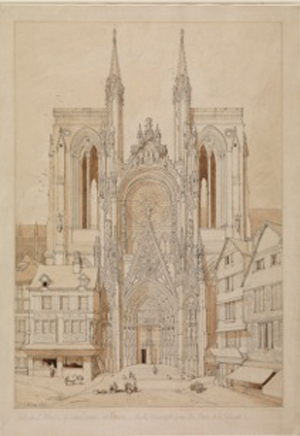
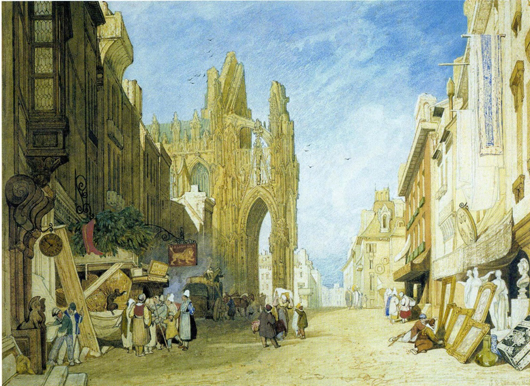
Staying momentarily on the French theme, November sees the opening of the annual Forum d’Avignon – an “independent international think-tank” held in the southern French city of Avignon, which aims to break down the barriers between culture and the economy. This may be another example of the “event-driven” cultural sector, but whether it will foster lasting and productive initiatives between economists and the “culturati” or provide just another opportunity for a good time remains to be seen. Images from last year’s event suggest it is both a hotbed of serious discussion 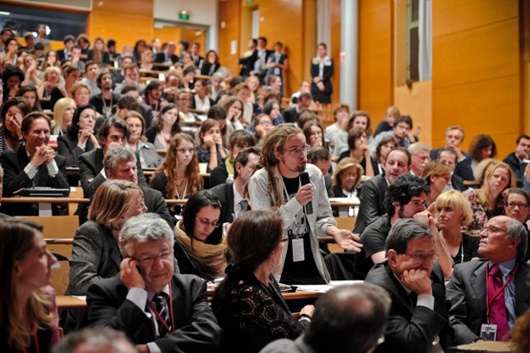

The Avignon event is a further reminder that we are now all living in a “global” world where the boundaries that formerly separated market sectors are fast disappearing. Mallett, one of London’s most venerable antiques dealers, has been energetically embracing aspects of visual culture beyond the rarefied realm of antique furniture on which its reputation largely rests. The firm recently moved to Ely House, an elegant 18th-century Grade I-listed former bishop’s palace in Mayfair, central London.
In November Mallett will stage an exhibition of the work of contemporary artist Sunita Kumar, who is widely respected in her native India. Kumar was a close friend of the late Mother Teresa of Calcutta and some of the works in Mallett’s exhibition have been inspired by that relationship. With Kumar’s work being endorsed by figures such as M.F. Husain, one of the giants of Indian modernist painting, it is a fair bet that Kumar’s reputation will continue to grow. Certainly her landscapes and interiors, rendered in delicate and vibrant acrylics, look likely to win admirers among those collectors seeking something different from the sort of noisy contemporary art currently dominating the media.
The directors of the Fleming Collection, the spiritual home of Scottish art in London, are of the firm opinion that the work of the Scottish Colorist Leslie Hunter is “brilliant, but still misunderstood.” One way to dispel such a misunderstanding is, of course, to mount a major exhibition of Hunter’s work, which is what the Fleming Collection has done. “Leslie Hunter: A Life in Colour” includes examples of Hunter’s work made during his various sojourns in San Francisco, France and Italy as well as in his native Scotland.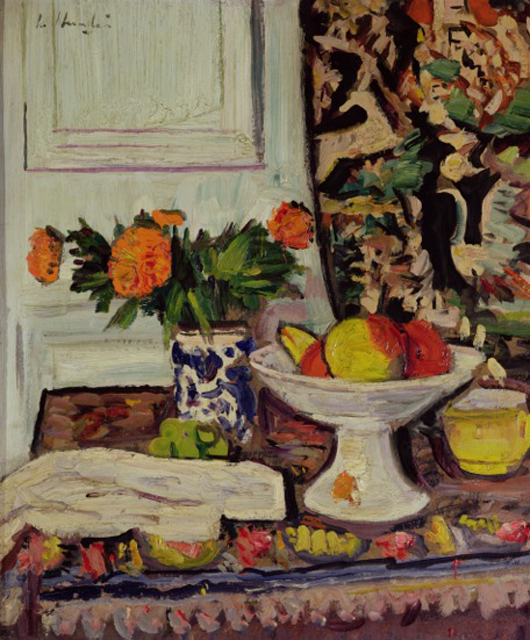
Bill Smith and Jill Marriner, who have written a new biography of Hunter, believe the Scotsman was a brilliant painter but remains misunderstood and “the least appreciated of the four Scottish Colourists” (they are referring, of course, to his colleagues John Duncan Fergusson, Francis Cadell and Samuel John Peploe). Peploe himself once said that Hunter’s best pictures were “as good as Matisse,” who was clearly an inspiration to all of them.